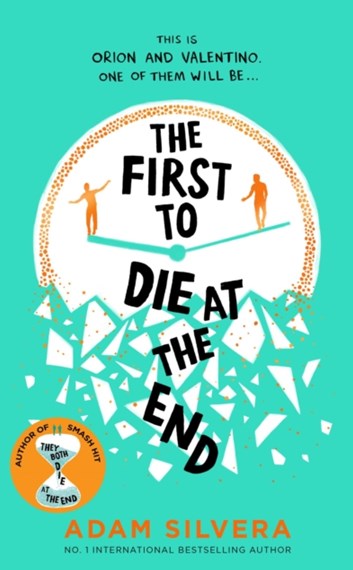The first to die at the end by Adam Silvera

Having met the concept of Death-Cast in Silvera’s previous book They Both Die at the End (2017), I approached this new book, a prequel, with a sense of familiarity, but also wondering where the reader was going to be taken this time. The 2017 novel was extraordinary in that it was so different in its approach to subjects which could be very disturbing. It keeps the reader guessing throughout; set over the course of one day we meet two boys who have been contacted by Death-Cast only to be told that they will both die before the end of the day. The two boys in that story are strangers but this terrifying news brings them together as friends. Apparently, through TikTok, Silvera attracted a huge following of young readers. Upon the book’s release, Patrick Ness (author of The Knife of Letting Go) is quoted as saying, ‘There isn’t a teenager alive who won’t find their heart described perfectly on these pages’. The opportunity for introducing the reader to Death-Cast presented itself; hence the prequel. The company is launched in the first chapter of the book, with the president of the United States introducing the creator of Death-Cast. We follow Orion who, with a severe heart condition, decides that he wants to sign up, but not be the first to be called. Valentine isn’t sure that he believes the company’s claims. Both boys meet at a party and there follows a heart wrenching story as the two anticipate the call but also want to spend their last day together. The story telling pattern set up by Silvera with each character given an alternating chapter is the same as the previous book. These two boys go through different experiences but the feelings are similar, and, like the first book, the plot is riveting; though a lengthy novel, the reader’s interest never wavers. There is no need to have read the 2017 book but that did provide me with some valuable context and insight as I read this prequel. Needless to say there are references to disturbing topics such as grief and abuse but the novel is sensitively written and never loses sight of hopefulness.
Julie Wells